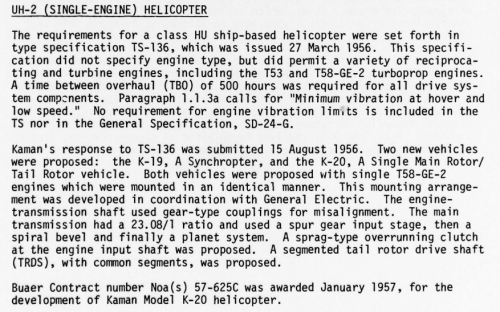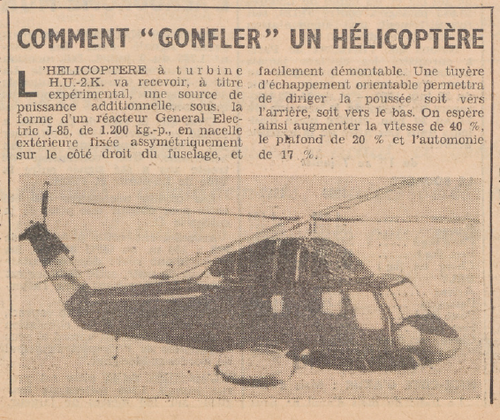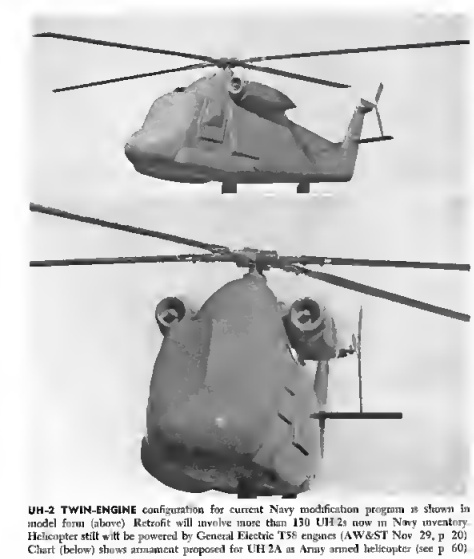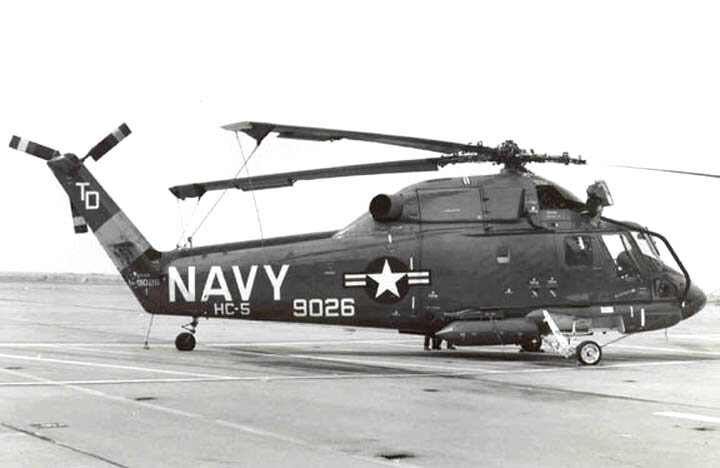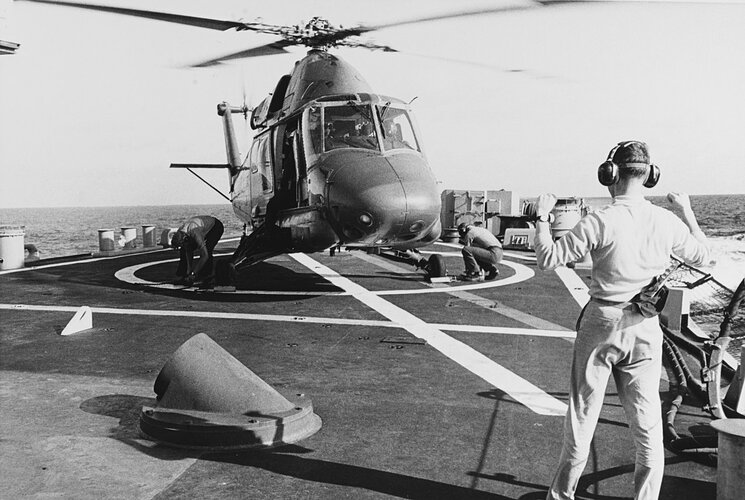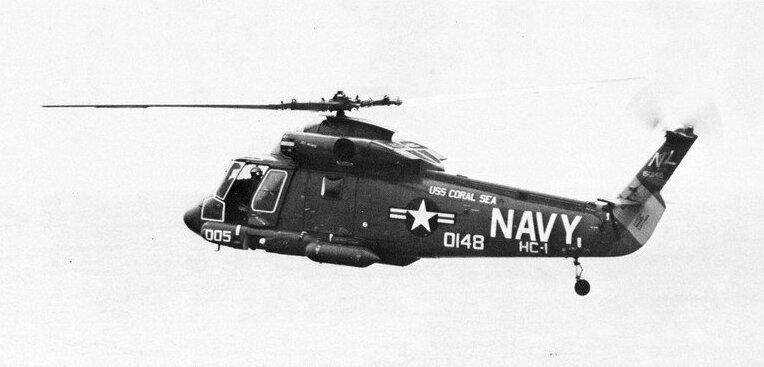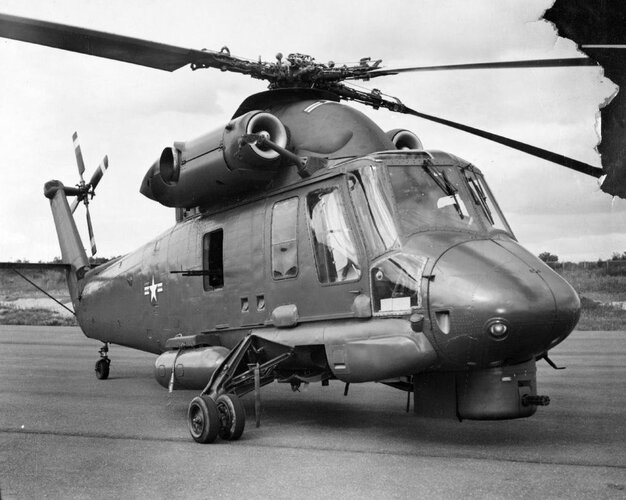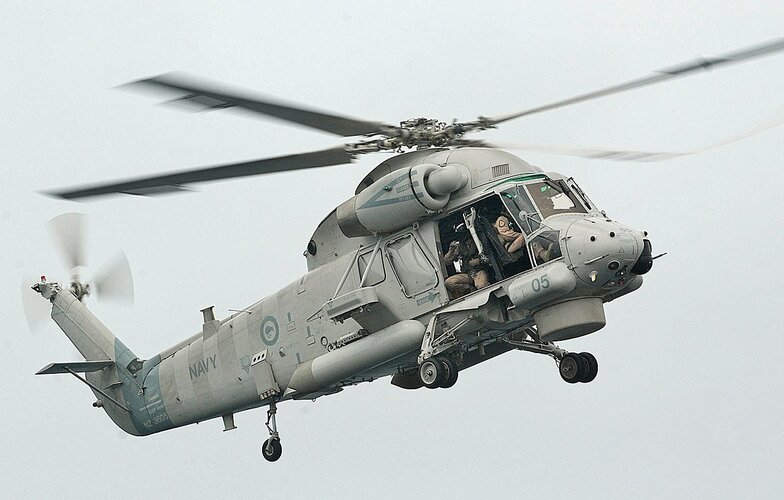- Joined
- 26 May 2006
- Messages
- 32,625
- Reaction score
- 11,787
From Spangenberg files,
In 1956 the USN issued a high demanding specification for a
fast amphibious utility helicopter,the contenders were Kaman,
Bell,Sikorsky,Vertol and Hiller.
The contenders were;
Kaman K-19 (single-engined) & K-20 (twin-engined)
Hiller Model-1070
Bell D-226 & D-227
Sikorsky S-62
Vertol V.80,V.81 & V.82
The winner was Kaman K-20 and built as Seasprite helicpter.
In 1956 the USN issued a high demanding specification for a
fast amphibious utility helicopter,the contenders were Kaman,
Bell,Sikorsky,Vertol and Hiller.
The contenders were;
Kaman K-19 (single-engined) & K-20 (twin-engined)
Hiller Model-1070
Bell D-226 & D-227
Sikorsky S-62
Vertol V.80,V.81 & V.82
The winner was Kaman K-20 and built as Seasprite helicpter.

